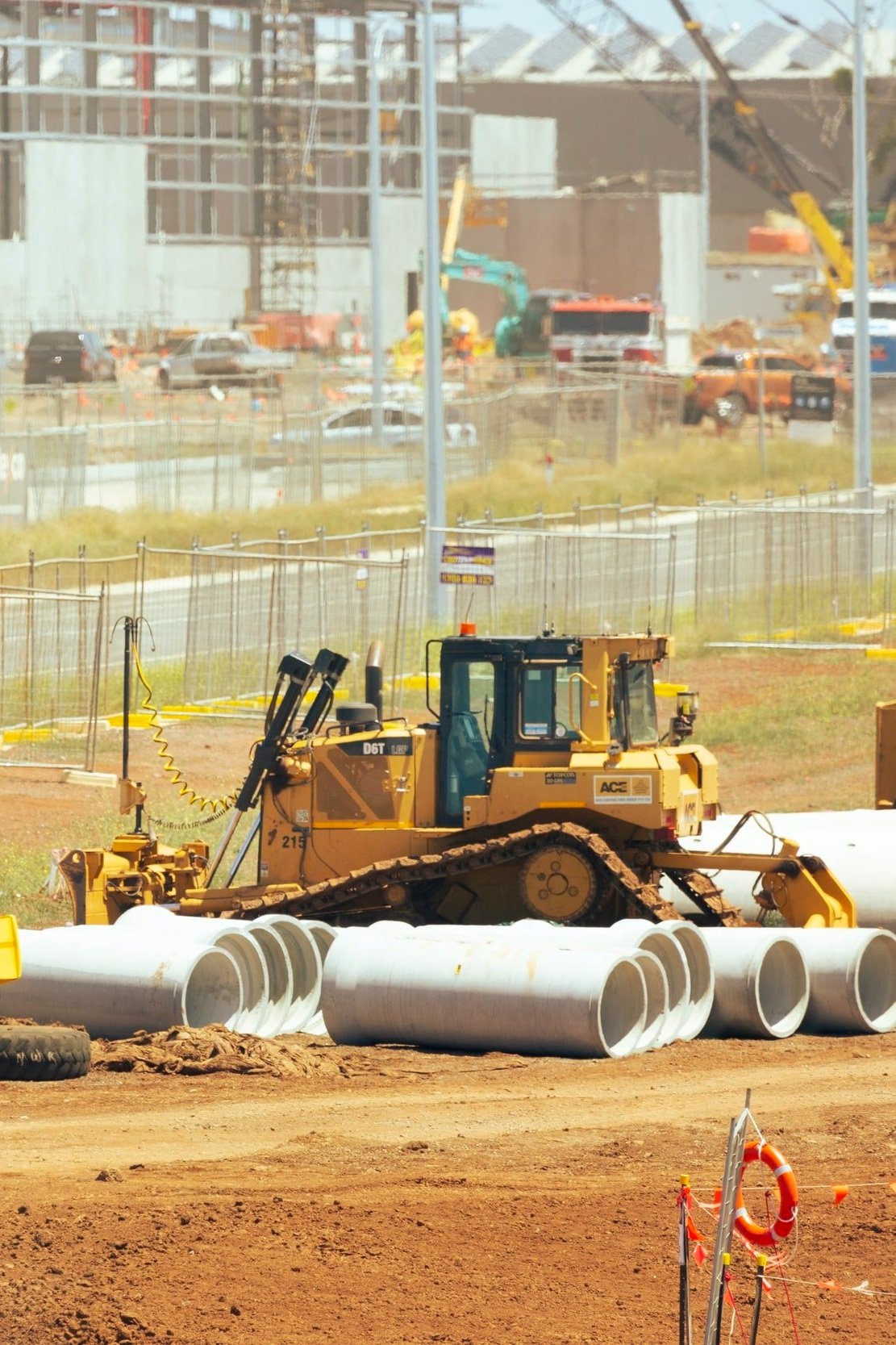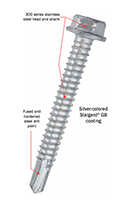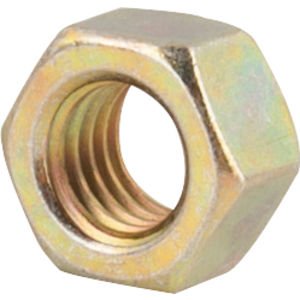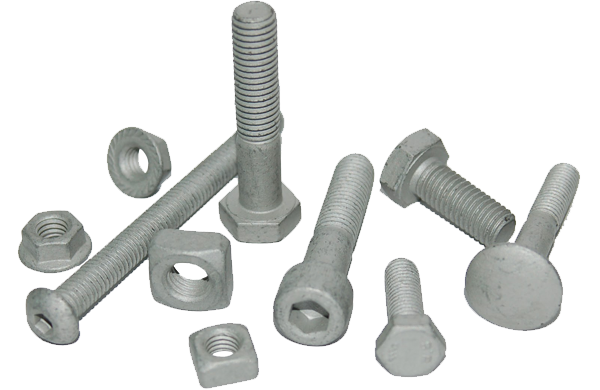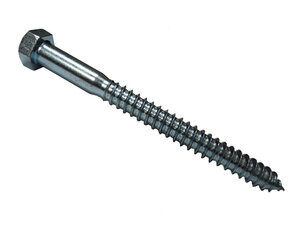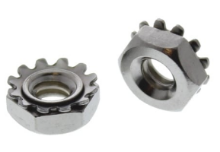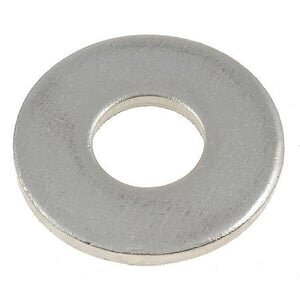Good afternoon, everybody, and welcome to Episode Number 31 of the Aim Fasteners Standards Review Channel, coming to you from AIM Testing Laboratory in beautiful El Cajon, California. Last episode, we began our exploration of fasteners plating and coating standards with ASTM 1941. We didn’t get very far through it, but today we’re going to be looking at the money page.
Well, I’m not going to review what we did last time, even though I do see a few participants that weren’t here last time, but I’ll just tell you so you know that F1941, F1941M is the go-to standard for electrode zinc, electro cadmium, and a few other coatings, such as zinc nickel, that we’ll get into a little bit later. It’s the standard that you should be designating in all of your United States made product, and anything that you have imported into the United States that gets electroplated. It’s been well worked out through the last several years since it was first published, it was written by Salim Brahimi, he’s one of our go-to expertise, he’s the director of the Industrial Fasteners Institute, engineering section. And he has been the chairman, or is chairman of just about every fastener committee that you can think of. So, it’s a well put together standards, been rung out well, work’s good, and I encourage you to use it.
So, last time we got up to the point, as you can see, I’ve highlighted the word “torque- tension control” here, and I made the comment that this standard does not give us any designation for torque-tension control. And if you’ve been in my other webinars, you would know that torque-tension control on a fastener is designated by a variable called the K-factor.
K-factor is how we describe not just the friction of the coating, but some other things, but mainly it’s the friction of the coating. And coatings have designated K-factor; some do and some don’t. It would be very nice if we could, in this standard, say something like, if you’ve got zinc, we want a K-factor of such and such. And zinc is generally about 0.22. Nowadays, with the higher end top coatings, or I should say more engineered top coatings beyond hexavalent or trivalent chromate. We see that going down, not intentionally, it just is going down to around the 0.2 range, and then that’s just what I see, I’m not saying that’s—you can read that anywhere, it’s just what I see when we do testing.
But the upside is, it is much more tight, the scatter is better, it’s more controllable. Whereas before, when we just had hexavalent or even trivalent chrome, the K-factor for zinc was all over the place, especially after repeated tightening’s. So, we are seeing some improvement with the coatings, the proprietary coatings, especially top coatings, that the platers are using, and so it would be nice if we could go ahead and take that one step further and improve the standard to the point that it actually could provide a designated K-factor. That’s a complicated subject though, and if you were to go to the Fastener Training Institute, and look at my last webinar on K-factor, it was a webinar completely on K-factor, you could learn some more about that.
So, that’s kind of where we stopped, and we got right into classification, and I’m going to skip significant surfaces, because we did talk an awful lot about that, but go right into classification. And we said that there are three things that make up the classification, the coating material, but is it zinc or cadmium, and how thick is it? Measured in very small increments, such as 10,000 of an inch or microns. And then what is the conversion coating scheme or strategy or combination? Because there’s usually more than one thing, not always, but there’s usually more than one thing that goes into this conversion coating, or top coating.
So, here’s where we are, we’re right into new territory right now, and this is the money page. When I say a money page, I basically mean if you’re going to use this standard, and use it effectively to either make money or prevent the loss of money, or profit, or control risk, this is where the information is that you need to do that, for the most part. There are some other ones, controlling features of this standard, but the main thing we need to do is properly designate the coating, and that designation would be on your purchase order when you send it out to the plating shop that’s going to do the work, or it’s going to be in a standard maybe, or it’s going to be on a drawing.
So, those are the places where we see these designations, and hopefully that designation would carry through exactly as it was written by whoever made the designation. So, let’s go ahead and take a look at what we start with, we start with the designation of the coating materials. Now, they all start with FE, because if we notice in our title, or in our scope, this coating is for use on iron-based and steel type products. I’m not saying you can’t coat something else to this standard, but it’s basically for iron-based alloys that we would be coating it onto.
So, FE stands for iron, so iron with something on top of it. It’s either going to be zinc—and these, by the way, all come off of the periodic table, these designations, zinc, cadmium, and so on. And as a fastener person, to understand both of these types of designations and things like chemistry reports, chemistry requirements and standards, chemistry requirements and mill test reports, we should know most of the important ones. So, if you don’t know or need some help understanding the periodic table, let me know, and we’ll do a quick session on that sometime. It’ll be a special session; it won’t take up our normal fastener standards review time.
So, zinc, cadmium, zinc cobalt, zinc nickel, and zinc iron are the three types of coatings that we see designated here. I’m very familiar with the first three or four, not so much zinc cobalt. I know there’s a specific purpose for it, and I have not seen zinc iron as a common coating, I don’t know what its purpose in life is. If somebody does know, you fill me in on that, meanwhile, maybe I’ll do some research and try to find out. But 90% of everything, that’s 90% of all percentage, each numbers are made up out of thin air, and I just made that one up. I don’t know, some large percentage of the coatings that come out of this standard are going to be zinc.
I don’t know if cadmium would be next, or zinc nickel would be next. Zinc nickel is becoming a very popular coating, it solves a lot of problems. Some of those problems have to do with hydrogen embrittlement susceptibility, control of torque-tension, the K-factor is very good, the appearance is very good, it’s very controlled. So, zinc nickel is on the horizon, or has been on the horizon for some time as a potential replacement for cadmium in the aerospace and military industry applications. So, it’s expensive compared to zinc, and not everyone can do it, but we’ve seen some stunningly nice appearance. It’s not as shiny as zinc in its native form, but it takes a really nice black.
So, black zinc nickel is a very nice-looking coating, and when someone is trying to get away from cadmium, or they don’t, for whatever reason, like zinc, they can go to zinc nickel. It’s got better…We’ll look at some other things that’s got better besides its salt spray or corrosion-resistance factor, but it’s torque-tension factor as well. And maybe we will take a look at some of these other coatings.
So, that’s the first thing we want to know, what is the coating? So zinc, cadmium, zinc cobalt, zinc nickel, zinc iron. By the way, going back to zinc nickels and zinc cobalt, they’re still mostly zinc, they have a small percentage of either cobalt, nickel, or iron, and that’s somewhere between a few to 10%, 12%, I’ve heard. This standard does not designate the percentage that should be in it, and so that’s a little bit of a confusing thing. It’s up to the formulator of the plating process to put the right amount in to create the performance requirements that those coatings indicate. I’ve heard that most zinc nickel coatings have a lot less nickel in them than they theoretically are supposed to have. I don’t know if that’s true or not, maybe we could talk to a plating person about that.
Okay, so the second thing, that’s Table 1, Table 2 is the thickness of the coating. This is F1941, F1941M designated standards. So, we have the M designation, therefore we get inch in metric call-outs here, and so we can see what the designation in inches, in 10 thousandths of an inch, the way we say that is tenths, one tenth, two tenths, three tenths, or five tenths, or microns, or micrometers, 3, 5, 8, and 12. And these are pretty damn close, they’re close enough that you don’t really need to be messing with any decimal places beyond that. By the way, you’ll notice that they give us even a conversion factor up here that’s very friendly. And this number here, that’s 2.54, that should ring a bell with you. How many millimeters are in an inch? 25.4. So now we’re going from microns to 10 thousandths of an inch, so it’s 2.54.
What else to say about that? Okay, for the most part, fasteners are going to have a designation of FE/ZN3, and we’re not done yet, but just go to 3, that’s one 10 thousandths, or three microns. Sometimes there will be a 5, that 5—now, keep in mind, this is a minimum thickness—at 5, we have still enough room in the inch world on a class 2A thread to fit two tenths in almost every application, if we don’t go over that. If we go much over that, we get into 3, we could end up with thread fit interference.
The same with the 6G tolerance in the metric world. So, 3 and 5, and you can be relatively safe, 5, which can be a little bit risky, because keep in mind, it’s a minimum, and if they go much over that, we could bust that. 8 and 12, and you’re going to have thread interference. These are heavy coatings, probably not necessarily appropriate for threaded fasteners, maybe more for pins. Now, you might be able to get away with these on nuts, because when the plating throws into the application with nuts, the internal features of the threads do not get as much thickness as the outside.
So, we’ll see that this thickness designation has a major impact on the corrosion resistance of the coating, and we’ll see that played out in the salt spray requirements that we’ll come up against a little bit later. So, for the most part FE/ZN 3 is what you’re going to see on threaded fasteners, maybe 5. By the way, I will tell you, you must pay close attention to this. I’ve had a couple of cases over the years, not one lately, where for years the supplier had been just sending the part out to zinc coat F, and they just say F1941, they don’t say a designation. The plater has been giving them 3, low and behold, the drawing had 5 on it all the time. So, what does as an end-user do to a supplier when that supplier for years and years and years has been supplying them with a coating that did not meet the print? That’s a pretty gnarly problem to have to come up against. So, be very careful with the coating thickness designation.
There’s a reason someone might choose a 5. Now, if you were to, for example, misdesignate or fail to designate, and give your customer one 10 thousandths, when they asked for two 10 thousandths minimum, which, by the way, it doesn’t sound like a lot, but that’s a huge difference in terms of proportion, it’s double the thickness. So, it’s not just a little bit different, it’s a lot different, it’s like the difference between 10 and 20, or 100 and 200, or 1 and 2. It’s a big difference, its double. So, if you fail to give them their FE/ZN 5, and maybe they don’t discover it for years later, when there’s something down the line where there’s a corrosion issue or something like that, that could have some pretty serious liability impact, so pay real close attention to that.
And then we get to the designation of the conversion coating, and this is where it gets a little bit complicated, and there’ve been some recent changes that we have to pay attention to. So, we have a type, and a designator type. So, the type is either going to be clear blue, bright, and by the way, blue doesn’t mean blue like blue on the American flag, it’s very light blue, and you can barely see it if you hold one fastener in your hand. But if you have a handful of them, or you’re looking at them in a box full, you can see there’s a blue tinge there.
Yellow is what we’re used to seeing as yellow zinc, that’s the sort of gold, makes it look like brass or gold. This thing they call opaque is actually a weird and dark shade—its olive green, brown, bronze-looking, I’ve even seen it have some reddish orange tones to it. And then finally black, and black will have slight iridescence. So, what makes the difference between clear blue, bright yellow, opaque and black? Well, back in the days when we designated hexavalent chrome, which we all know nowadays, we’re trying to get away from hexavalent chrome, because the Europeans don’t like it—well, nobody really likes it, it doesn’t taste good, and you don’t want to eat too much of it.
But I will tell you, if you want to fend off lots of viruses, just suck on a couple of 1/4 -20 hex nuts that are zinc plated, and that zinc in that hexavalent chrome will kill viruses, trust me on that. So, the hexavalent chrome, ABCDE designation, is made by a heavier coating of hexavalent chrome. And you just leave it in this formula or put enough on, depending on the time in the tank, and what the concentration of the tank is, to create the colors. So, yellow, opaque and black, all pretty much use the same thing when it comes to hexavalent chrome, there’s just a lot more of it on there. It’s not necessarily a dye, it’s just the color of the hexavalent chrome.
Now, as you know, once we were tired of hexavalent chrome, and we wanted to get rid of it because of the Erin Brockovich movie and all that, they came up with use of a product called trivalent chromium, which was not as toxic and didn’t work nearly as well, but a matter of fact, it was a disaster in some respects, when it first came out, because one of the features of hexavalent chrome that make it such a great top coat, is its self-healing. And by the way, so is zinc itself, zinc coatings are self-healing, whether it’s electro zinc, or hot dip galvanized, and the reason that self-healing, is because if you scratch, the corrosion product that it generates in that scratch actually covers over the scratch and continues to provide protection.
So, the hexavalent chromium does that for the zinc coating, and the zinc coating does that for the substrate underneath. If you ever notice, for example, a coating that is not self-healing, such as nickel, if you scratch nickel, it’s going to rust under that scratch right away. So, this combination of zinc with hexavalent chromium, and even cadmium with hexavalent chromium, by the way, if you didn’t know, in previous generation, and I would say 60s, maybe 50s, for sure, 60s, maybe somewhat into the 70s, I’m not sure, all fasteners were cadmium plated, that was the best coating. It wasn’t just aerospace; it was just the common coating for fasteners. Because it works so good, cadmium has a very good coating, it’s superior in corrosion resistance, it’s superior in its torque-tension control. But as we know, it’s an environmental issue, so that’s why we’re getting away from cadmium, similarly to why we’re getting away from hexavalent chromium.
So, the trivalent chromium that came out, as I was saying, does not work as good, because it was not self-healing, and it would not pass a lot of salt spray testing that might be done subsequent. And we’ll talk more about salt spray testing, and when it’s supposed to be done, when we get to that, probably not this episode. So, the previous version of F1941, this designation would be trivalent chromium with hexavalent, or trivalent. And instead of an A, it would AT. So, if you ever see an AT designation, that’s from an older standard. And so when we decided, hey, there’s other things that work better than trivalent chromium, why can’t we use those for top coat, as designated by the developers of the coating formulas? Good idea. So, instead of having a designation that is trivalent, we simply say N, which means not hexavalent. So, non-hexavalent top coat—it could be trivalent, but it could be any of some of the other things. If you read any coating magazines, or any of the fasteners magazines, you’ll notice lots of people advertise these various non-hexavalent chromium topcoats.
So, that’s our designation in a nutshell, but there’s more to table three that we’ll see in a minute, besides just this, what’s called conversion coating. After the conversion coating…And by the way, notice it says, “The non-chromium passivation finish shall be used at the option of the manufacturer, and its appearance shall be selected in accordance with a designation.” So, even if we designate hexavalent chrome, we can use the non-hexavalent chrome finish, provided we meet the performance requirements. And we’ll notice that this non-hexavalent chrome does not have the same performance as the hexavalent chromium, and when we look at this later on.
So now we have a few other things that go into what goes on top of the zinc, and the next thing is called supplemental lubricants sealants or topcoats. And these are an additional or different than just the designated conversion coating. And we have ways to designate those, so I’m going to skip right down to this little chart at the bottom, because it does a nice job of explaining to you how you build your designation for the coating. We have the base metal, and then what we’re going to coat it with, we have the conversion coating, that’s as far as we’ve gotten so far.
So now on top of that, we can add an additional lubricant, and/or a sealant top coat. So, the additional lubricant is usually added to give us better torque-tension control. The additional sealing or top coat is added to give us better salt spray performance. And then we can add both of those, sealant top coat, additional lubricant, to give us better torque-tension and better corrosion resistant, or salt spray performance. And in fact, there are coatings that combined both of these features in one, a better lubrication, and a better sealing or top coat.
So, that’s what sort of the state of the art is in coatings for fasteners, and there are lots of different formulations out there. You may or may not know what your plater is using. It would be a good idea if you have something that they’re using that seems to work, or your customer’s happy with, find out what that is, ask the plater, “Hey, what are you putting on my parts?” And then see if you can get them to help you designate that on your drawing.
Now, some platers feel it’s proprietary, how they managed to meet the requirements of a standard, and they don’t want to share that with you or that with the whole world, if they discovered the secret formula, so don’t be surprised if you get a little pushback on that. But most platers will be happy to say, “Okay, you’re going to send your stuff to us, here’s what I need you to put on your purchase order or your drawing, and here’s what you need to tell your customer, your end-user, how to designate it properly on their drawing.”
So, when we get into adding these additional lubricants, we have a couple or more letters. So, now we’re going to add the letter S, if we have a supplemental sealant or top coat, and the letter L, if we’re going to have a supplemental lubricant. So, now our designation becomes FE/ZN 5 for thickness, A for hexavalent chromium free, AN, non-hexavalent chrome, A if it was hexavalent chromium, so AN is the non-hexavalent chrome, with the supplemental lubricant, and a supplemental sealant or top coat.
So, this note here tells us that when we use the sealing to top coat, a separate conversion coating layer and/or lubricant layer may not be required to achieve this. This sort of acknowledges that, hey, there’s some people out there who have developed some stuff that one shot, and you get everything that you need without having to add a separate top coats supplemental lubricant, and supplemental sealant or top coat of some sort.
So, understanding this chart here, and these two tables, you got to figure it out, and so, when you send out your PO, FE/ZN, the most common designation you’re going to see, for example, for a clear zinc is going to be something like FE/ZN 5A. Now, the A would be for hexavalent chrome with clear coating. That’s as simple as it gets, that’s the simplest version. I have seen some suppliers, or some end users ask for certain types of hardware with no top coat on it at all, because zinc bear by itself, even though it will corrode pretty quickly, it’s an excellent primer, and it takes paint really well. So, if you get that stuff out of the zinc tank and right into a paints tank right away, the plain zinc might take the paint better than whatever you might put on top of it. So, occasionally, we’ll see something without that, and usually it’s going to be a thicker coating, like an 8 or a 12.
So, I said this was common, it’s actually not that common, but it is simple. The most common designation that you would see is FE/ZN 3AN, that’s clear zinc on fasteners at the minimum coating thickness. The second most common might be FE 3CN, for yellow zinc, or BN. Now, BN is oftentimes done automatically when AN is designated, because you can’t really tell the difference between the two. So, BN and AN, you’re probably going to see one or the other, regardless of which one is asked for. If BN is asked for, you’ve got to get BN, but if you get an AN, if you ask for an AN, and it shows up with a little bit of blue in it, don’t be surprised, because rarely does anybody care if their coating is going to have a little bit of blue in it when it comes to zinc or not.
So, further on, so there’s some samples and some designations. If you don’t have this standard and you’d like me to send you this page, which is really what you need more than anything, I’ll be happy to make a cut of this page and send it to you, just ask me.
Ordering information, we’ve talked about everything that we’ve done so far. Later on, I am going to show you some information about how to measure plating, thickness, okay? I sort of thought about that and I think it’s worth knowing, how plating thickness is measured, both by the plater in most cases, and also by a laboratory like AIM Testing Lab, and I’ll show you some good examples of that, that will help you understand why the coating thickness is so important. And also we’ll do some calculations to see and learn how coating thickness affects the threads of a plated fastener.
So next time, we will be getting a little bit into hydrogen embrittlement, we’ll be getting into what’s coming up next, the corrosion resistance, the salt spray, requirements hydrogen embrittlement relief, that means baking. And if you look over here to the right, my little tick mark is barely into the standard, but we’ll talk about baking, we’ll talk about salt spray performance, and we’ll talk about how to measure coating thickness. A lot of the stuff that’s at the end of this, the appendices, we’re not going to spend a lot of time on that, because it really isn’t that relevant, but we at least covered enough so you know what it is. But you can see the appendices take up quite a bit of the standard itself.
All right, well, thank you, well, I still don’t see any questions. Thank you all for attending the AIM Fastener Standards Review Channel, and we’ll hope to see you next Thursday at this time.


















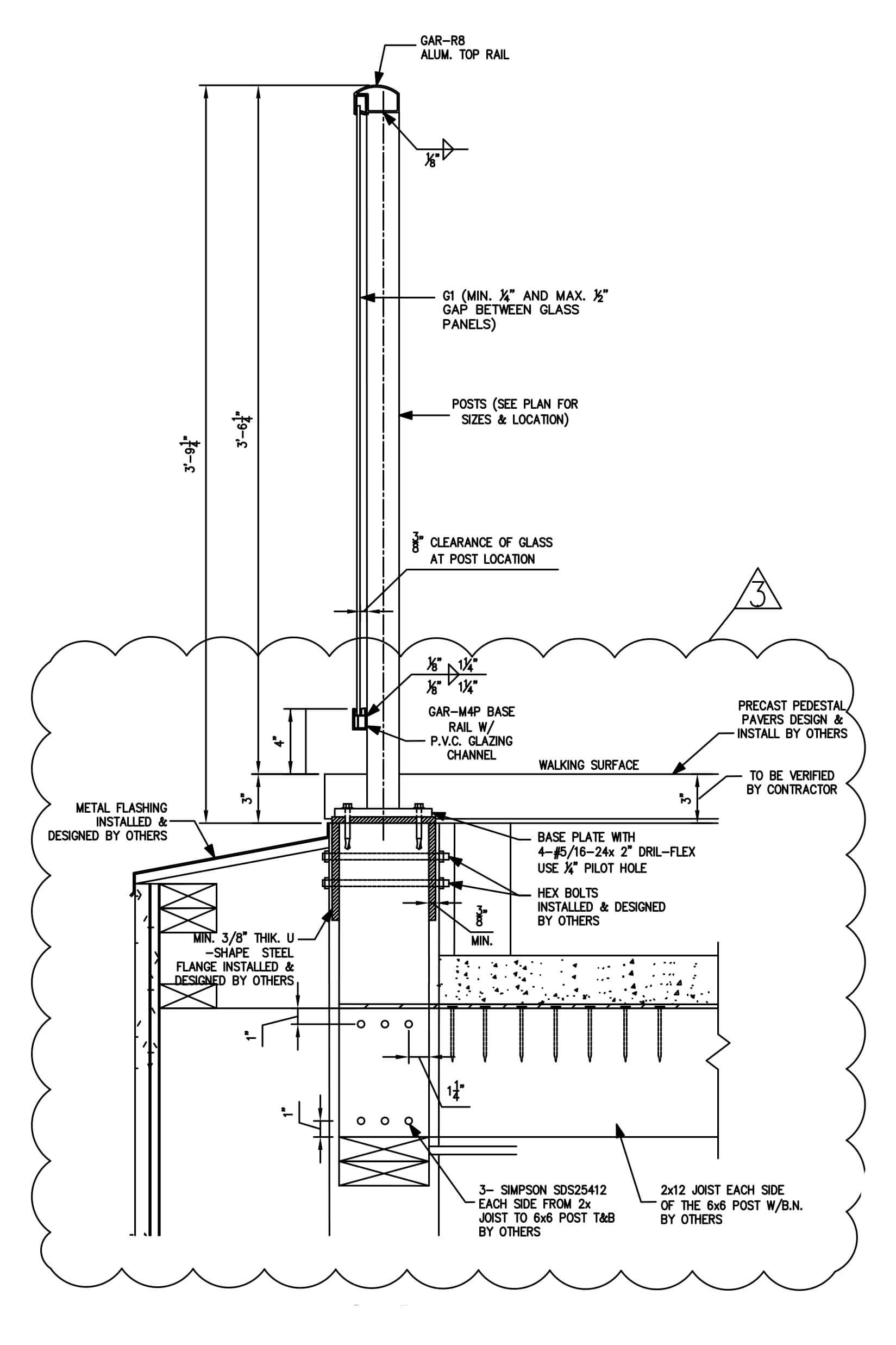


.jpg)

